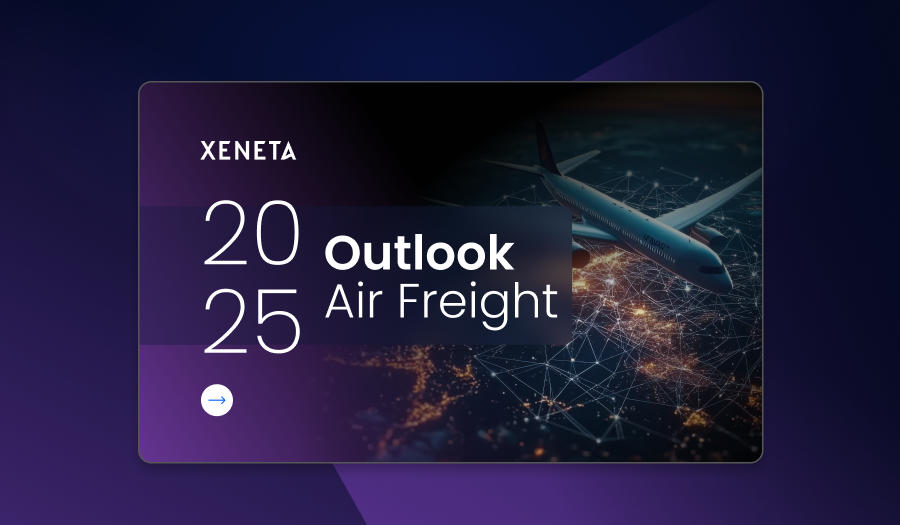Xeneta has carried out analysis on new long term contracts entering validity in 2025 and the data reveals a fascinating dynamic in the negotiations between sellers and buyers of ocean freight due to the ongoing uncertainty in the Red Sea.
The negotiation conundrum
Ceasefire in the Middle East has raised hopes of a largescale return of container ships to the Red Sea. If this does happen, it could see freight rates collapse due to increased capacity in the market caused by carriers taking the shorter route through the Suez Canal coupled with record-breaking deliveries of new ships.
On the other hand, the majority of container ships are still sailing around the Cape of Good Hope and there is no guarantee the situation will change in 2025. With average spot rates still up 142% from the Far East to the US East Coast, 100% into North Europe and 135% into the Mediterranean, this presents a conundrum for both carriers and shippers when agreeing the ‘right’ price to strike during long term contract negotiations.
What new long term prices are being agreed?
When comparing long term contracts which entered validity on 1 January 2025 against those from 1 January 2024, rates are increasing on 7 out of the 9 global fronthaul trades included in the Xeneta top 13 trades.
For the purpose of this blog, we will concentrate on fronthauls from the Far East to Europe and US, however Xeneta customers receive an exclusive in-depth report across all 13 top global trades.
From the Far East to North Europe, long term rates are up 57% compared to a year ago. From the Far East to US East Coast and US West Coast, new long term rates are up 44% and 64% respectively.
On all of these trades, the new long term rates are considerably below the current average spot rates.
There is more to this story on freight negotiation
If long term rates entering validity in 2025 are higher than 2024 but below the elevated spot market, that sounds like a good compromise between shippers and carriers?
Yes and no. When you dive deeper into the data you see far more interesting negotiation dynamics at play.
Firstly, let’s look at the carrier risk of seeing freight rates collapse if there is a largescale return to the Red Sea. That means they will be entering negotiations looking to lock shippers into rates for as long as possible.
If you are a shipper, you are worried about paying over the odds to ship your goods if you lock into a long term rate and the markets fall.
So, what happened during negotiations?
There is a clear difference in the rates being offered by carriers for long term contracts lasting less than six months compared to contracts lasting more than six months.
From the Far East to North Europe, carriers were agreeing discounts of 28% if shippers agreed to a contract greater than six months. From the Far East to US East Coast and US West Coast, the discounts were 13% and 2% respectively (it should be noted US shippers aren’t as far into tender season so this figure could rise).
This is a fascinating negotiating dynamic between the seller and buyer. On the one hand you have the seller trying to incentivize longer term agreements to manage risk and protect market share. On the other hand, you have the buyer doing everything possible to keep their options open for as long as possible while not spending more than necessary.

Data insights drive negotiations
What is clear from this data is that both sellers and buyers of freight have an understanding of their market position before entering negotiations.
Some shippers may be happy to lock in for more than six months if it protects their supply chains and negates the need for further negotiation in the event of another major global disruption. Other shippers may choose to gamble on being able to achieve a lower rate in a few months’ time and are happy to go through another tender round.
The outcome will depend very much on the tolerance of risk on each side of the table, but to enter negotiations without this data leaves you exposed.
This means understanding the long and short term market average, high and low across all of your trade lanes and equipment types. It also means having visibility on the spread in rates being offered by carriers – within the averages shared in this blog are a wide range of rates being offered by different service providers.
This situation also demonstrates why index-linked contracts are growing in popularity because it removes the need for further renegotiations when freight rates spike or fall.






